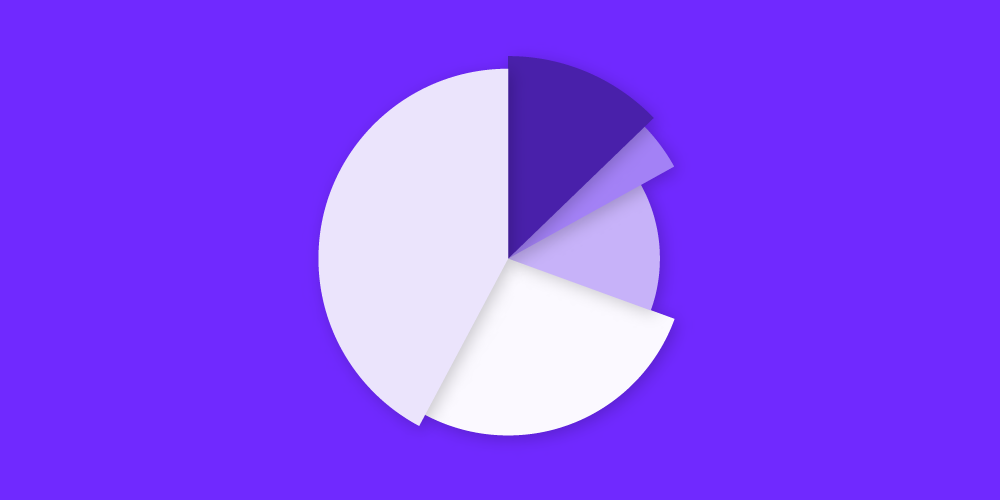5 Metrics to Watch for Alternative Investment Performance
Alternative investments are an excellent way to diversify your portfolio. One important gauge of success is to assess alternative investment...
3 min read
 Thomas Young
:
May 19 2022
Thomas Young
:
May 19 2022

Alternative investments are an important component of your portfolio. However, too many investors spend too little time evaluating how well those investments are performing.
Evaluating investments is a smart way to determine whether you need to switch up the blend of instruments you’re relying on. These evaluations differ based on the asset class and can provide valuable insights into performance and value.
Alternative investments differ from traditional investments, such as stock, bonds and mutual funds. For example, stocks can be assessed via pricing and changes in value. In addition, publicly held companies that issue stock must provide quarterly and annual reports that provide detailed financials.
Alternative investments do not have the same measures readily available. However, each has metrics and key performance indicators you can use to evaluate their efficacy.
Here are 6 ways to know if your alternative investments are performing well.
Traditional investments like stocks have one major advantage: liquidity. These assets trade on publicly available markets and have millions of buyers and sellers. It’s easy to enter and exit these investments.
Alternative assets each have their own level of liquidity. Cryptocurrencies, for example, also have markets and exchanges where liquidity is simple and access is readily available. Others, such as private debt, have less liquidity. These assets are much more difficult to sell or exchange for the case without incurring potentially large losses.
The flip side is that often illiquid assets provide investors with the potential for much larger returns.
In evaluating alternative investments, investors should consider their own anticipated need for cash. The availability of cash should then factor into your decision to invest in such asset classes. If investing in illiquid assets, you must be prepared to hold your investments for a very long time.
Think about whether the targeted rate of return justifies reduced liquidity. If you have anticipated liquidity needs, you should compare that timing to payments and returns expected from alternative investments.
Calculating the internal rate of return is a good measure for certain alternative investments, such as real estate and private equity. Both of those assets rely on cash flow to determine investment decisions.
The internal rate of return measures the implied annual rate of return for an investment. It starts by setting the net present value of the investment at $0 and measures how quickly you will see a return.
The metric values early return over other factors, such as the total return or the state of the market at the time. However, it’s a good way to compare investments against your desired time frame for returns.
Grocery stores and art galleries are very different. For a gallery, its underlying assets include its art items available for sale. A grocery store, usually a much larger space, also inventory – groceries – that sell quickly and are replenished often.
As the gallery and grocery store, investments treat assets differently. The gallery needs only to see a small number of assets at a high price to be profitable. Grocery stores rely on a high turnover of inventory to drive profits.
Understanding the underlying assets helps you grasp several key investment principles related to these assets. The first is what kinds of returns and risks an investor faces for holding the asset. The second is whether the investment helps diversify a portfolio.
Assets that either create and retain value in different situations likely carry less risk than those whose value fluctuates greatly. Investors should also ask if the underlying assets fully diversify a portfolio. Holding investments in art when a portfolio includes lots of art does not diversify. Adding a different and new asset, such as real estate, helps to diversify holdings instead.
Private debt and other alternative investments usually feature customized arrangements for payments to investors. Some arrangements pay interest before returning principal, usually on a monthly or quarterly schedule. Others pay all interest payments once the loan hits maturity.
Understanding the underlying investment documents helps you determine when and how frequently you are paid.
Every investment carries risk. Risk thresholds can vary by investor and asset type. Looking at the positives and negatives to understand the potential returns and risks. Consider, for example, default rates on private debt, the market history of real estate, and the price volatility of crypto.
Often risk assessments must include determining how an asset might perform under multiple future scenarios. Ask yourself if the potential extra yield from a new investment will outweigh regular and long-term risks.
Hedge funds are a popular alternative investment. These pooled investment funds let investors commit funds to companies, often with the promise of large returns.
Hedge fund analysis relies heavily on benchmarking. Risks and returns are measured against a standard benchmark, such as a market’s performance. This benchmarking uses standard ratios to evaluate hedge funds and other alternative investments. The ratios include:
Beta – the measure of an asset’s risk compared to the market risk. The higher the Beta measure, the riskier the asset.
Alpha – the difference between the return of an asset or portfolio versus the benchmark’s return, relative to the risk (Beta). Alpha provides context on your investment, factors risk, and compares returns to benchmarks.
Sharpe Ratio – measures the return per unit of risk as a percentage. It requires the rate of return on your asset and a risk-free asset. It also needs the standard deviation of your asset’s return rate. Similar to Alpha, it measures performance relative to risk but compares assets to each other, not to a market benchmark.
Alternative investments are an enticing option to add to your portfolio. Knowing how to evaluate them leads to smarter investment decisions and better outcomes. Know how to look at different alternative investments and their benefits, then compare them to each other and other benchmarks. Your investment portfolio will be stronger and your returns will be maximized.
If you’re interested in learning more about them, check out what Rocket Dollar can do for you.

Alternative investments are an excellent way to diversify your portfolio. One important gauge of success is to assess alternative investment...

Investors are constantly looking to create a diversified portfolio of investment opportunities. Understanding how to diversify a portfolio using...

Traditional investment options like stocks and bonds can't satisfy the needs of all retirement savers. Now, there are many types of alternative...